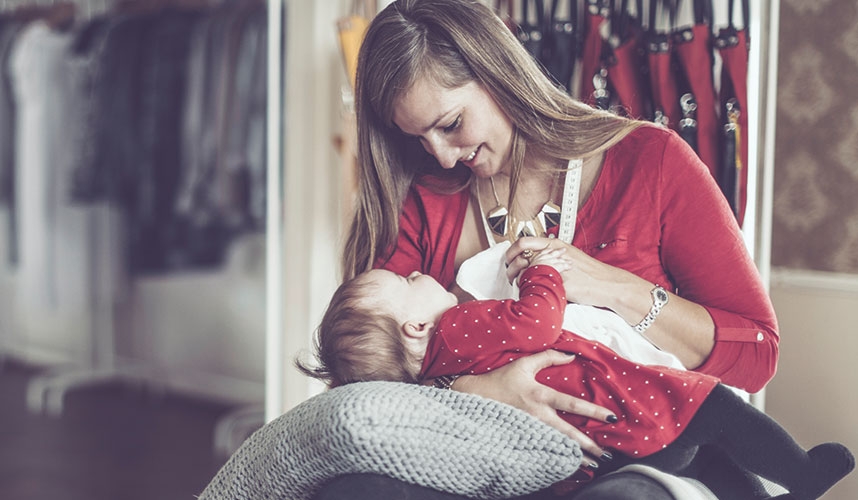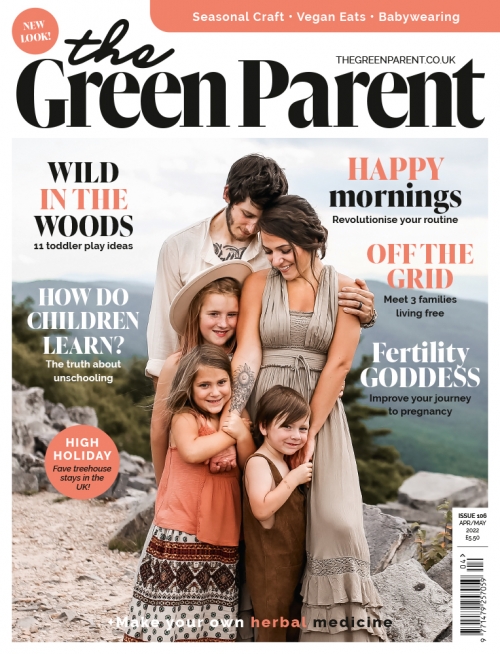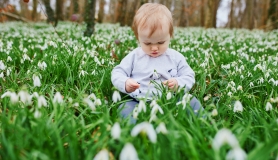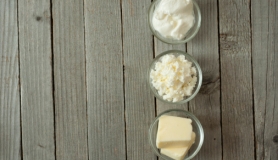For many women, the possibility of following a creative dream after having children seems impossible. With long nights and sometimes even longer days spent caring for children, it’s no surprise that limited time and energy is one of the barriers that mothers who want to cultivate more creativity in their lives face.
Creativity and motherhood seem an unlikely pair. After all, the creative process requires time, concentration, and the ability to explore and experiment without interruption, something that is so often out of reach during the demanding child-rearing years. When it is attainable, it is often in fleeting moments, squeezed into life as stolen moments – and often only if the house is quiet.
Sarah Epstein, graphic designer, illustrator, and writer, says she fits her creative work in during school hours and once her two children have gone to bed. Other times she will fit her creative work in on weekends when her husband is home and available to assist with looking after the children. Despite the opportunity to create during school hours, Sarah still feels as if there isn’t enough time to dedicate to her creative pursuits. ‘When I run out of time to write, I become stressed and impatient with everyone around me. If I don’t dedicate time for illustration and design work, my mood flat-lines and I feel heavy and uninspired.’
This sentiment that Sarah describes, is echoed by author and mother of three, > > Susan Murphy, who explains that she too experiences a sense of frustration at not being able to spend more time writing. ‘Life keeps catapulting me into one thing after that other that takes time away from things I’d rather be doing.’ Susan sacrifices her sleep in order to be able to fit her creative pursuit of writing into her life. ‘It impacts my health in a negative way because I sleep a lot less and tend to eat late into the night while I’m up writing.’ On the other hand, cultivating creativity into her life has had a positive impact on Susan’s wellbeing which in turn benefits her family. ‘Mentally, I think that writing calms me and it helps me to make sense of things in my life. Writing character traits and situations is definitely an opportunity to explore how you feel about certain things and deal with issues in your own life.’
GOOD FOR CHILDREN
The benefit of being a mother with a career in a creative industry like writing has other benefits too. Susan believes that her children’s wellbeing has been positively impacted by seeing her work towards her goal of becoming a published author. ‘I think my children have benefited in seeing me start a journey, stick to it and not give up. They often write their own stories and create little books and I love that it has given them those interests.’ Susan recalls her father, who loved poetry, being responsible for teaching her a love of reading and books. ‘I think that when kids show an interest in something then they should be not only free to pursue that, but they should be encouraged.’ While many children are naturally creative in their own rights, Sarah has witnessed a tendency for her children to naturally gravitate towards painting, drawing and creative writing as well. ‘I think it’s encouraged them to be creative thinkers too,’ she says.
Many mothers like Sarah value the importance of nurturing creativity not only in themselves but in their children, and while Sarah’s family understands that a creative mother is a happy mother, the support afforded to her by her family in pursuing her creative work is not the case for all mothers.
FACING CHALLENGES
Rachel Power is the author of Motherhood & Creativity, a collection of refreshingly honest interviews with authors, artists, actors and musicians, all of whom which are mothers, who have opened up about the challenges and joys they’ve encountered while combining their creative passions with motherhood. Based on research involved in collecting these interviews for her book, Rachel believes ‘it is almost impossible to pursue a creative life without a supportive partner, if there is a partner involved.’ She recalls a story of an artist she featured in her book that had a mother-in-law who would happily assist with babysitting her children to allow her to teach her art students, but not so that she could spend time painting, despite the artist bringing in an income from her painting. ‘Spending time making art is still seen as self-indulgent, and I think even a bit dangerous, when it comes to mothers, who are meant to be satisfied with their parenting role.’ While this viewpoint might be slowly changing, Rachel believes that ‘it takes a lot of courage to pursue any vocation not readily seen as valuable in this economic-rationalist age—and for mothers it requires even more tenacity.’
When Rachel first began interviewing artists for her book, what struck her the most was how there was a common thread for creative mothers in feeling both challenged and in desperate need of the benefits. After having children, women who are also trying to pursue a meaningful creative life, often need to find a way to merge the two, which can be a very real challenge for many women not only in terms of finding a practical and sustainable way to fit the creative work in, but in terms of finding, maintaining or establishing identity. ‘Some of the most deeply felt barriers are the more internal ones. Mothers still give themselves permission to do those things that are not considered essential or sacrificial. Sadly, the word ‘guilt’ is one I hear a lot.’
COPING WITH OVERWHELM
Both Sarah and Susan have experiences that confirm Rachel’s findings. Sarah admits that she often feels guilty because time management is a constant juggle. ‘If I put more time into my creative projects then I’m not devoting that time to my family.’ The impact of these feelings means that Sarah, at times feels as if she is doing a lacklustre job of everything because she is stretched too thin. Susan, who also works as a marriage celebrant and educational trainer, explains that time away from the family brings feelings of guilt, but this is especially true when spending time on something for herself.
The feeling of guilt, for many artists, not just mothers, is also often felt in relation to a creative pursuit and income. Sarah admits that pouring time and energy into some of the creative pursuits that don’t yet, or may never earn her an income puts more pressure on her husband and amplifies her sense of guilt. ‘Unless you are really well-established in your profession, it can feel very difficult to justify the time needed to develop your craft against the very solid needs of your children and the relentless household chores that come with having a family,’ says Rachel.
Some mothers feel that the time spent on producing or engaging in creative hobbies or work, especially if it does not generate an income, can be seen by others, or themselves as self-indulgent, especially if those around them are not accepting or understanding of the creative mother’s need to create in order to maintain a sense of wellbeing. While feelings like this are always difficult for any mother to grapple with, the upside for mothers who can take some time to nurture creativity in their lives is that being creative can contribute to feelings of being a ‘better mother,’ just by keeping the creativity alive. ‘Creativity can be very centring and calming, which is vital for mothers, whose lives can be so exhausting and so focused on the needs of others,’ says Rachel.
Maintaining creativity and allowing the imagination to expand has benefits that families can benefit from in terms of wellbeing that can include a sense of calm, an understanding and processing of the world, and of course a sense of joy, freedom, and happiness. By honouring and respecting this very real need, mothers have the possibility of contributing positively to the world, their children, and their loved ones.
Vanessa is a mother of two, and when she’s not writing her next feature article, you can find her sipping on a green smoothie, walking the dog, cleaning the house, meditating under a tree or practicing martial arts.
MORE INSPIRATION
IMMERSE Go on a writing retreat with Vanessa in Tuscany in 2017 - vanessacarnevale.com/writing-retreat
READ The Divided Heart: Art and Motherhood by Rachel Powers
TRY One of these 100 ways to tap into your source by creative maven Keri Smith kerismith.com/popular-posts/100-ideas
NURTURE YOUR CREATIVITY
- Don’t place rigid expectations on you or your creative work – create for pleasure and the sense of wellbeing creativity offers.
- Allow your children to see what you are creating – involve them in conversations around why you spend time on your chosen creative art. Show them your works in progress and your completed work.
- Show children that it is acceptable to create for the simple pleasure that is experienced through being creative.
- Involve your children in some way. If you are writing, hand them a pen and paper, if you are baking, have them assist, if you are drawing, allow them time to share their creations with you.
- Try new ways to be creative that you haven’t tried before. Show your children that it is fun and acceptable to try new creative pursuits even if you aren’t “good” or “perfect” at them.







